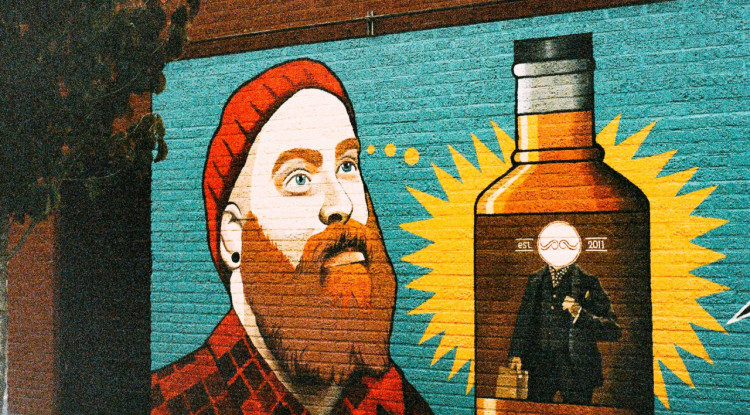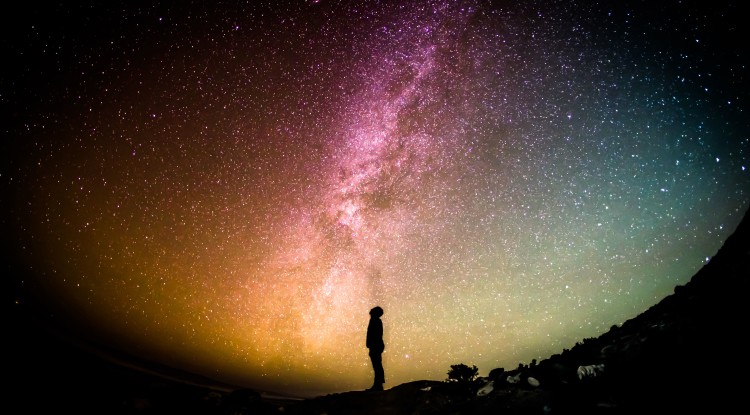
Death to the Hot Brand, Long Live Open Space
A while back I watched this video about why it’s so hard to disprove conspiracy theorists. Essentially, it boils down to two principles:
- These theories have incredible power to narrate new circumstances as they arise.
- They cannot be scientifically tested and thereby definitively proven wrong.
If, for example, I am convinced that the British Royals are actually lizard people who have been manipulating history for hundreds of years, and you happen to disagree with this obviously true fact, it is easy for me to quickly narrate your opinion into my own theory: You’ve just been deceived by their elaborate web of lies, and you are unwittingly complicit in their machinations.
The more I think about current notions of “brand” the more I suspect the idea functions exactly like a conspiracy theory. Consider the following:
- Bad media is part of your brand.
- The choices you make, even the unconscious ones, become part of your brand.
- Brand doesn’t just apply to companies. Each of us also has a personal brand that can be developed.
- “No brand” is still a brand.
It may be true that everything is brand, but if that’s the case, what can the notion actually tell us about the world?
I’d wager not much. I think of a site like Techmeme. It’s a daily read for major tech leaders like Mark Zuckerberg, and it also happens to be ugly and very boring looking. In classic branding terms, it’s a lousy brand, and yet its importance is enormous. You can say that its unique brand is its function-over-fashion approach, but that doesn’t say nearly enough about why it’s so successful and what actually makes it interesting.
An approach like Marshall McLuhan’s “hot” and “cold” media, on the other hand, might provide more insight into these questions. In short, McLuhan divided media up by how much they leave to the imagination. A movie theatre, which surrounds you with gigantic visuals and larger-than-life sound is a decidedly “hot” medium, whereas a poorly shot YouTube video with lousy sound on a phone is much “cooler.”
If we extend this to brand, we could think of different brands as laying on a spectrum between “seamless” and “spacious.” A seamless brand tells you everything — it’s an immersive, highly managed experience that provides you with a very specific picture of reality. In McLuhan’s terms (sort of) it’s hot as hell. It’s the perfect world of Disney, where you can get lost in the magic. It’s counter-analytical. It doesn’t want there to be any other story, and so every detail and impression is obsessively managed down to the very last sparkle.
Spacious brands, on the other hand, invite you to connect the dots, and not always in predictable ways. They may be organized along certain lines, but they require active thought on the part of their users. Think of The Economist: while promoting a certain pro-business agenda, its primary objective is to present heaps of quality information to its readers and allow them to decipher how and why it’s important to their own lives and interests. It certainly provides a framework within which conscious editorial decisions are made, but it also doesn’t tell you what to think.
Whether something has a good or bad brand in terms of its subjective aesthetics is, I believe, increasingly irrelevant. A far better criteria for measuring the “value” of a brand is whether it enables a wide or narrow range of possibilities for its users. In terms of the brands that best intersect with the mindset of younger generations, I suspect it will increasingly be the most open-ended – spacious, that is – that end up the most successful.
In another formulation, the info-age axiom “Content is king” has finally started to live up to its royal aspirations. Content has derailed brand as the primary point of connection for users, and the companies that focus on quality over image-control will be the ones best positioned to thrive going forward.
 Ryan Melsom has a PhD in literary studies and has spent over twenty years working in communications, design, and writing. His third book Clickbait: A Seeker’s Guide to Meaning in the Modern World is now available everywhere. For more by Ryan, follow him on Twitter @ryanmelsom, or subscribe to his Facebook page.
Ryan Melsom has a PhD in literary studies and has spent over twenty years working in communications, design, and writing. His third book Clickbait: A Seeker’s Guide to Meaning in the Modern World is now available everywhere. For more by Ryan, follow him on Twitter @ryanmelsom, or subscribe to his Facebook page.














Leave a Reply
You must be logged in to post a comment.